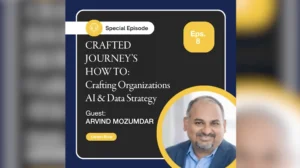The Cost of Working Capital
The U.S. Federal Reserve predicts interest rates may rise above 3.5% and remain at that level throughout 2023 to control inflation. Higher interest rates mean credit issuers providing loans will be more expensive for the borrower. The cost of working capital is rising, leaving many borrowers facing an unpleasant reality. Zaid Rahman, Founder & CEO at Flexbase, says, “The problem is most people can get working capital. The question is, what is the cost of that working capital?”
An estimated 39% of small business owners find themselves taking out small business loans to offset the higher materials costs due to inflation. Add a hike in interest rates to the equation, making it difficult for these businesses to repay loans. Some companies, like Flexbase, offer customers interest-free transactions for 60 days. This plan provides a much-welcomed lifeline for construction businesses where every bit of savings makes the difference between staying in business or closing. “We get paid directly from the merchants, and the merchants are typically paying interchange fees, or merchant fees if we’re working with them directly,” Rahman says. “If you’re a construction company, and you swipe your Flexbase card at Home Depot, Home Depot is paying us a percentage of that transaction, which is enough to cover our capital cost.”
And this rise in interest rates couldn’t come at a worse time for construction businesses. Home sales are declining from a year ago, which is also creating a slowdown in home remodeling projects. Smaller construction projects could see a rise, which means it is more critical than ever for smaller and mid-size businesses to access available cash flow. Without such access, many construction companies won’t be able to survive.
In addition to access to affordable working capital, businesses need automated expense management to reduce invoice flow time between AR and AP. For an industry where it is estimated only 9% of construction companies get paid on time since the pandemic hit, flexibility in payment options with access to built-in expense management is a huge win.









